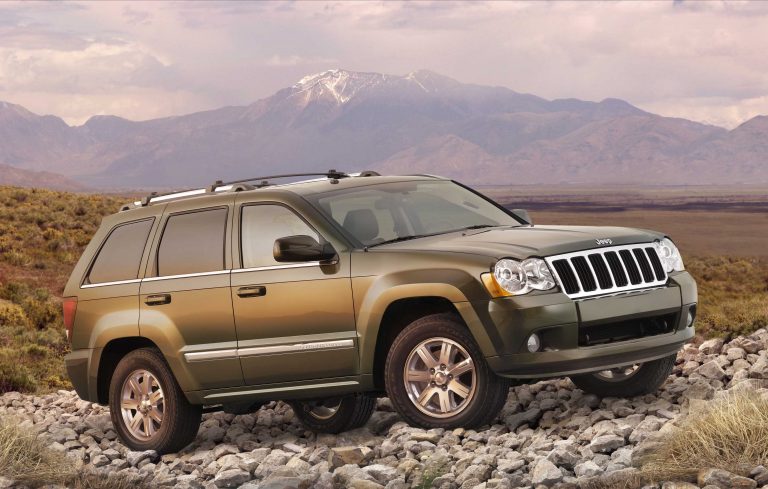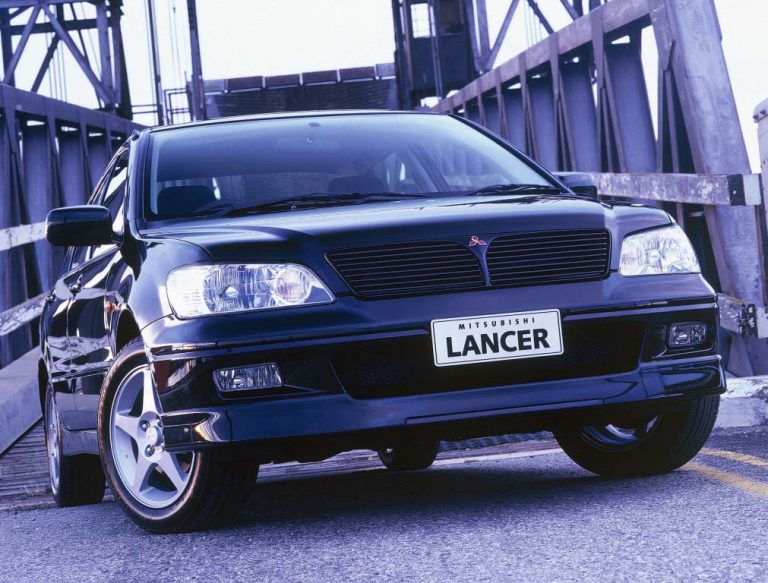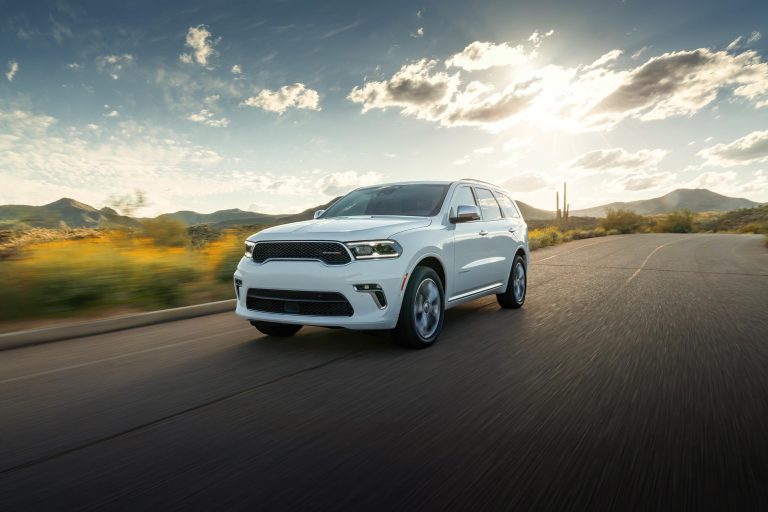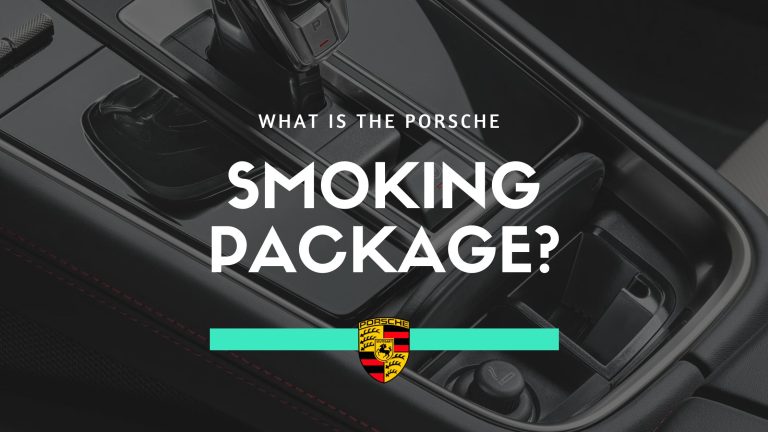22RE vs 22R – What’s The Difference?
The battle between the Toyota 22RE vs 22R is not one that is going to make worldwide headlines, but, for Toyota drivers and car enthusiasts in general it is definitely worth discussing. Taking opinions and feelings out of the equation isn’t always easy but it is necessary for “head-to-heads” like this that are aimed at providing a definitive answer once and for all.
Luckily, when it comes to the question of the 22RE vs 22R the conversation is pretty straightforward. While they are incredibly similar there are a few minor differences that clearly puts one over the other. Let’s get into all of that right here and now.
What Are We Comparing – 22RE vs 22R
The Toyota R series of engines is a long and proud line of motors that spans almost 50 years. Which in motor engineering is pretty darn impressive. The 22R was the last engine in the R series and that naturally causes a little tension.
The last of the series is naturally supposed to be the best that the series has to offer while also being the last engine created before the series was discontinued. As you can see, there is some natural conflict between those two points. The 22RE is a specialist version of the 22R that saw limited use but that does not necessarily mean it was inferior. In fact, it was far from it.
A Summary Of The 22R
The 22R was a two-valve SOHC produced from 1981 until 1997 that featured a powerful 2.4-liter engine that produced about 100 brake horsepower on average (across all of its generations) and peaked at about 109 brake horsepower while producing 138 lb-ft of torque.
As a small note, the torque to horsepower ratio of the 22R is pretty interesting for its time and actually shows how much power the 22R possessed. The 22R provided, and to an extent still provides, a great framework for tuning up a Toyota as it clearly has a lot of untapped potentials.
A Summary Of The 22RE
The 22RE was the first fuel-injected engine from the Toyota R series and first hit the scene very early on in the 22R’s career in 1982. This means that the 22RE had about just as much longevity as its predecessor the 22R. It still wasn’t used nearly as much but it certainly could/should have been.
The Toyota 22RE averaged about the same brake horsepower (100) as the 22R over its life. However, it peaked at about 113 brake horsepower and could produce 143 lb-ft of torque. Which slightly edges it ahead of the 22R in terms of raw power and speed.
22RE vs 22R – What’s The Difference?
As we just discussed, these engines are very similar in terms of their specs. But similar does not equal the same. And these engines certainly aren’t equal. The 22RE made use of fuel injection whereas the 22R did not which meant that the 22RE was capable of producing slightly more brake horsepower and slightly more torque.
Additionally, the 22RE made use of different timing belts, cylinder heads and blocks, and pistons/piston rings. This means that although these engines are very similar, they actually don’t share that many parts. This means trying to combine them into some kind of Frankenstein’s monster isn’t really going to work.
The 22R was available in the Toyota Cressida, Land Cruiser, and Bundera whilst the 22RE was available on the Volkswagen Taro. Otherwise, they were both available on the same vehicles through the late 80s to 90s. If you are unsure which specific engine you have because your vehicle potentially came with both engines you will need to check your engine’s VIN (vehicle identification number) otherwise you may have to ask your mechanic whether he can find a fuel injector or not!
22RE vs 22R – Which Is Better?
Now, we have said in plenty of other articles and will say so again here, that better is almost universally subjective. People value different things and you can almost always find a reason to value one over the other and vice versa.
However, when it comes to the 22RE vs 22R the answer is far more one-sided. If you could have either you would choose the slightly more powerful engine with fuel injection. Sure, you could try to “save” a few bucks by going with the 22R instead.
But that’s pretty much redundant. You would be “saving” a single-digit number of dollars if any at all. They are both about the same price with natural levels of variation based on age and mileage on the clock.
However, with all of that in mind, there is a chance you could find a 22R for far less than a 22RE even if they have similar histories and similar mileage. That’s the nature of the used car part market. This brings us to the next section, does all of this really matter?
22RE vs 22R – Does It Really Matter?
Does all of this really matter? If you are trying to ascertain which is best then yes it probably does. But, for the most part, the differences are mild at best and there are such minute changes you can make to each engine that would give it the edge over the other.
Therefore, the best engine is probably the most affordable one or the one that has the most amount of life left on it. Toyota has admitted that the 22RE and 22R both tend to see major problems between 100k to 160k miles on the clock. After 160k you have likely either replaced most major components or you should expect to do so very soon. This should definitely factor into your decision if you want to purchase one over the other.
Conclusion
Hopefully, you have found this article interesting and informative. It isn’t a super complex comparison for the most part, at least in a practical sense, the real difference is the fuel injection and everything else is just noise. Mileage, quality of maintenance, etc. – these things will all play more of a part in a “which is best” type scenario. Thanks for reading and goodbye for now.




